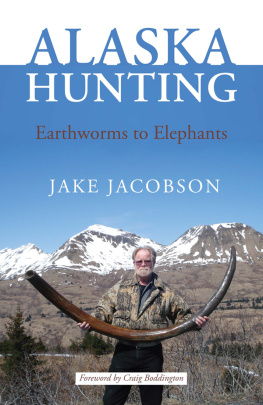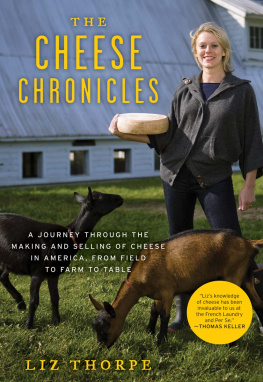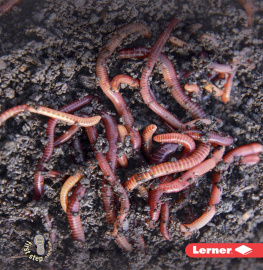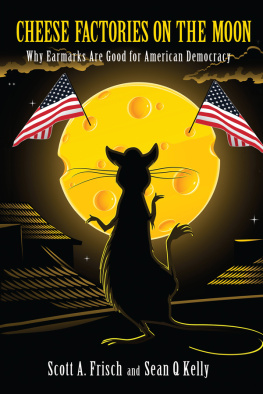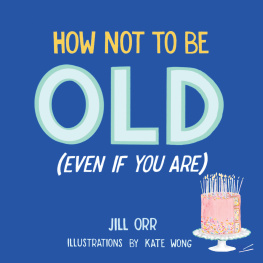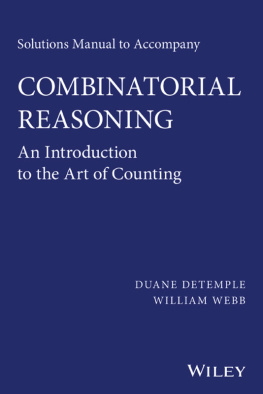CEMENT, EARTHWORMS, AND CHEESE FACTORIES
Religion and Community Development in Rural Ecuador
JILL D E TEMPLE
University of Notre Dame Press
Notre Dame, Indiana
Copyright 2012 by University of Notre Dame
Notre Dame, Indiana 46556
All Rights Reserved
E-ISBN 978-0-268-07777-8
This e-Book was converted from the original source file by a third-party vendor. Readers who notice any formatting, textual, or readability issues are encouraged to contact the publisher at
In memory of
Eve Carson, Marcos Lucio, and Ramiro Martinez.
Luchando, luchando.
CONTENTS
Many people and organizations in many places have made this book possible. In Ecuador, I am grateful to familia Martinez-Pacheco, who hosted me in my early days in the country, taught me Spanish, and became family. I also thank Carmen Bauz, who has given me shelter, warm tortillas, and unbounded enthusiasm for almost two decades, and the Lucio family, who have opened up their homes and lives in ways that have improved this work and made its existence feasible. I also thank Peace CorpsEcuador, especially the headquarters and training staff, for allowing me to conduct research with a very fresh group of trainees. In the town I call San Marcos, I would like to extend special gratitude to the extensionists of the municipio, Santa Anita womens cooperative members, and the missionaries I call Joyce Davis and Ruth Bauer. All of them were more than generous with their time and resources, enriching this work with their comments and suggestions, and my life with the stories of theirs.
In North Carolina I owe a tremendous debt of gratitude to my adviser, Ruel Tyson, Jr., and to Laurie Maffly-Kipp, Charlie Thompson, Orin Starn, and Randall Styers, who read the earliest versions of this work with humor, skill, and critical eyes, and who epitomize a truly helpful dissertation committee. Arturo Escobar acted as mentor and cheerleader, and I thank him for his support. I am also grateful to the Tinker Foundation, which funded initial research for this project, and to the Graduate School at the University of North Carolina at Chapel Hill, which awarded me a dissertation completion fellowship when I needed it most. Maryellen Davis-Collett, Phil Hassett, Kathryn Lofton, Tom Pearson, Nora Rubel, and David Shefferman made graduate life enriching and enjoyable. The Danger GirlsCeleste Gagnon, Miranda Hassett, Marsha Michie, and Quincy Newellimproved my writing, my thinking, and my sense of humor in ways various and deep. Eve Carson and Anna Lassiter gave me new eyes with which to see San Marcos. Hope Toscher and Myra Covington Quick held my hand, loved on my newborn, fed me chocolate, and pushed through paperwork in ways I still deem heroic. You truly are the pillars of the earth.
At Southern Methodist University I am grateful for a University Research Council grant that allowed me to do fieldwork in Ecuador. Thanks too to my remarkable set of colleagues in the Religious Studies Department. Bill Barnard, Rick Cogley, Mark Chancey, Johan Elverskog, Serge Frolov, John Lamoreaux, and Steven Lindquist have all read pieces of this manuscript and contributed to a uniquely collegial and supportive environment in which to see it through to its completion. Peggy Varghese and Kenitra Brown proved that the title department assistant is an understatement of epic proportions. Thanks to both of them for support ranging from the mundane to the extraordinary. Thanks also to my students, especially Katye Dunn, Erin Eidenshink, Katie Josephson, Wesleigh Ogle, Robert Perales, Lindsey Geist, and Luke Friedman, all of whom took a special interest in this project and made some real contributions to it in conversations both in and out of the classroom. At the University of Notre Dame Press, special thanks to Chuck Van Hof, who gave this book a chance; Robyn Karkiewicz, who handled more details than I can imagine; and to the anonymous reviewers who took extraordinary care in reading the manuscript. Rebecca DeBoer and Margo Shearman provided keen editorial eyes and ears as they made the text sing. This work is better because of all of you.
Finally, this book would not be possible without the continual support and sacrifice of my husband, Brian Bungepartner in Ecuador, partner for life. My sister, Rachel, has been a constant cheerleader. My parents, Janet and Duane DeTemple, not only gave me wings but exhibited unusual courage in letting me use them. I hope to do the same for Molly and John, who have already discovered the joys and the magic of running with scissors.
So, are you an evangelical, or what? It was a misty afternoon in 1996 in a small community high in the Ecuadorian mountains. Vicente,
These comments, and countless others that I would hear from campesinos in Ecuadors Bolvar province as a development worker and later as a researcher, reflect rural Ecuadorians keen awareness of changes in the religious makeup of Latin America which have marked the past thirty years. Since the 1980s Protestant Christian denominations, especially evangelical and Pentecostal churches, have attracted increasing numbers of Latin Americans. Brazil, almost exclusively Roman Catholic in 1970, is now less than 90 percent Roman Catholic, and 46.6 percent of Christians identify as charismatic or Pentecostal. Ecuador, which With such rapid change under way, Viche had a reason to query the religious status of the earthworms and their potential to be linked to conversion.
But Vicentes question also points to other changes that Ecuadorians have experienced as citizens of a developing country that receives approximately $60 million in U.S. foreign assistance annually, and which is home to more than one hundred NGOs (nongovernmental organizations) dedicated to development work.
While Vicentes question and the remarks of the woman on the porch point to recent situations in which religion and development have become entangled in donor agencies and sites of reception, the womans comment offhandedly invoking the Conquest of the New World by Spanish forces evokes a much longer entanglement of religion and development. I was surprised at Vicentes question because I believed myself to be in Ecuador holding earthworms and fielding questions about my religious motivations because of what I saw as a secular system of international assistance launched at the end of the Second World War. Vicentes question, however, points to a longer and more complicated history that has mixed religious change and technological innovation from times before Europeans set foot in the Americas. It also highlights religion, development, and their confluence in rural areas as spaces in which Ecuadorians and other actors in the developing world negotiate the contours of that world.
These negotiations, constitutive of modernity, simultaneously refute the secularization model of 1960s social scientists, embrace some aspects of needs based, alternative, and capabilities approaches to development while refusing others, and highlight the roles of desire, place, and embodiment in both religious and development practices. These are themes I returned to Bolvar to investigate during summer research trips in 2000 and 2001, for ten months in 20023, and again for summer season research in 2006 as I lived and worked in San Marcos, a cantonal capital of six thousand people at the intersection of the mountainous and coastal regions of the province.
San Marcos was an excellent field site because several development agencies, both secular and religiously affiliated, are active in the area and have been for more than twenty years. San Marcos is home to North American evangelical missionaries, Jehovahs Witnesses, two growing Pentecostal congregations, and an active and vital Catholic Church. In many cases, development and religion are elided in the lives of people and institutions, making their overlap, and the play of religion and development as local and global phenomena, relatively easy to see and talk about.



